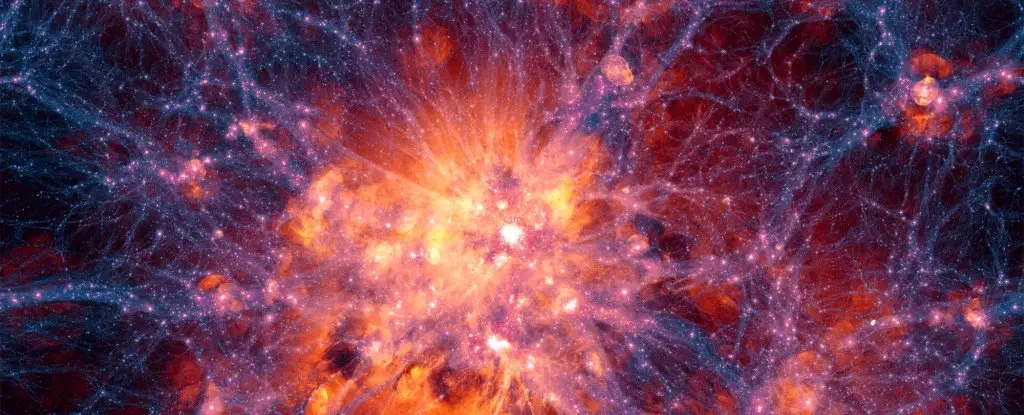Dark matter continues to be one of the most perplexing puzzles in modern astrophysics. This enigmatic substance comprises a staggering majority of the universe’s mass, yet it has remained elusive and undetectable by conventional means. Its presence is inferred from gravitational effects on visible matter, such as stars and galaxies, leading scientists to deduce that dark matter likely accounts for about 27% of the universe, while the ordinary matter we can observe makes up only 5%. The rest is attributed to dark energy, which further complicates our understanding of the cosmos. The challenge now lies in unpacking the secrets of dark matter to illuminate its fundamental properties and role in the fabric of the universe.
The Search for Answers: Southampton’s Innovative Experiment
Researchers at the University of Southampton are gearing up for a groundbreaking experiment that seeks to shine a light on the characteristics of dark matter. Led by physicist Tim Fuchs, this initiative involves the innovative application of microgravity to examine levitating sheets of graphite. By placing these materials in a unique environment aboard a satellite, dubbed Jovian-1, the team hopes to detect subtle anomalies that may suggest the presence of dark matter particles. Fuchs articulates the significance of this endeavor, noting that no previous experiments on Earth have succeeded in detecting dark matter directly, leaving the scientific community in suspense regarding its true nature.
In order to understand the urgency of this research, we must recognize the stark contrast scientists observe between visible matter and gravitational forces. For instance, the rotation speeds of galaxies indicate massive quantities of unseen mass, far exceeding the baryonic matter we can account for. This discrepancy calls into question our understanding of the universe’s structure and the constituents that govern it, underscoring the need for innovative research methods like those being developed at Southampton.
Scheduled to launch in early 2026, the Jovian-1 satellite measures roughly the size of a shoebox and will carry a plethora of experiments designed by students and researchers from Southampton, Portsmouth, and Surrey University. The primary goal of this mission is to create an unprecedented opportunity to examine environmental conditions free from terrestrial interference.
The unique design of this experiment hinges on the delicate levitation of graphite sheets between powerful magnets, which creates a sensitive detection mechanism in the microgravity environment of space. Fuchs proposes that if a significant density of dark matter exists, it could generate a “dark wind,” subtly nudging the levitated particles enough to be measurable. In this way, the experiment not only seeks to detect dark matter but also aims to provide insights into its density and distribution.
The implications of successfully detecting dark matter extend far beyond mere academic curiosity. Discovering the true nature of dark matter could answer foundational questions in both physics and cosmology, including the formation and evolution of galaxies and the fate of the universe as a whole. Moreover, if the experiment yields results, it may pave the way for more advanced detection mechanisms, moving researchers closer to elucidating one of science’s greatest enigmas.
Fuchs emphasizes how previous attempts at detecting dark matter have been undermined by environmental factors. Current Earth-based experiments may be ineffective due to atmospheric interference, meaning that Jovian-1’s microgravity conditions represent a pristine observational field. The potential outcomes of this mission could redefine the scope of dark matter research, guiding future endeavors and inspiring a new generation of scientists to tackle this complex and compelling subject.
As we await the results from these upcoming experiments, it is vital to keep the spirit of inquiry alive. While the mystery of dark matter may remain unsolved for some time, the dedication of researchers like Tim Fuchs and his team at the University of Southampton exemplifies the innovative thinking that ultimately propels scientific progress. Their work represents an exciting intersection of astrophysics and engineering that holds the promise of expanding our understanding of the universe. Should the Jovian-1 mission uncover new evidence about dark matter, it could lead not just to groundbreaking discoveries but also to a deeper understanding of our place in the cosmos.


Leave a Reply